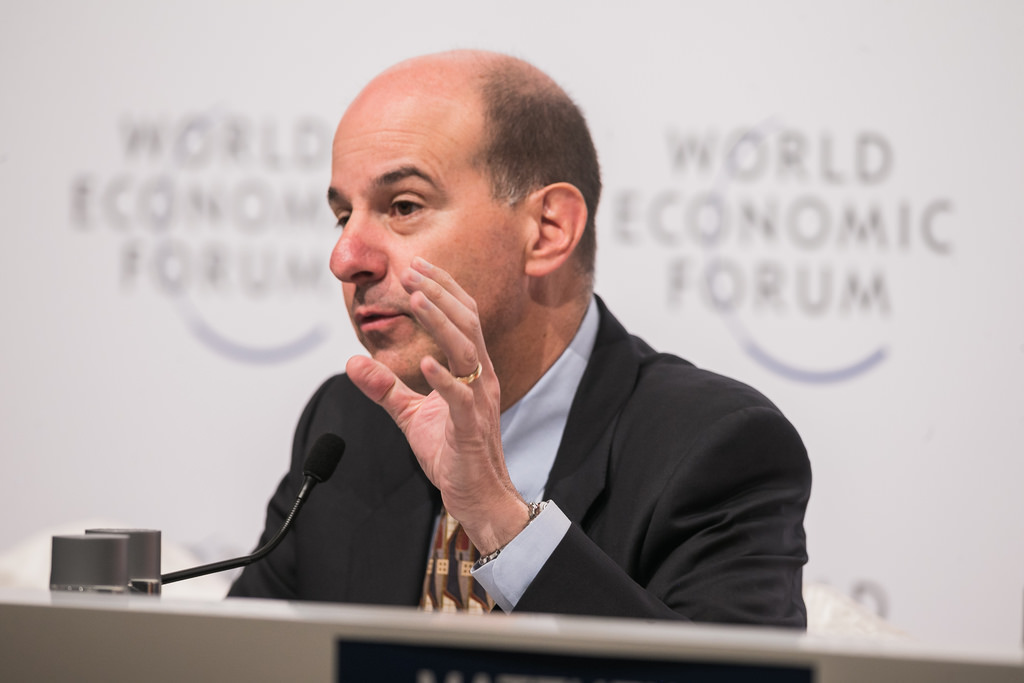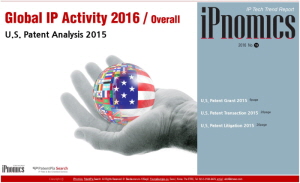Share the post "[David J. Kappos] Conclusion: Debunking Myths At the Intersection Between Intellectual Property and Competition Laws"
Below is the conclusion of nine serialized essays examining current debates over technology, standards and standard-essential patents (SEPs) aimed at educating readers about an area of law and economics that is increasingly in the news. These essays have been adapted from a speech Mr. Kappos, former director of the U.S. Patent and Trademark Office and U.S. Undersecretary of Commerce, delivered in Taiwan in March at the International Symposium on Standards, SEPs and Competition Laws.

David J. Kappos, former director of the USPTO
[email protected]
An overarching truth, connecting the realities dispelling each of the myths explored in this paper, is that the most balanced, robust, innovation-friendly and procompetitive industrial policy is rooted in a strong patent regime.
Myth Number 1: SEPs Lead to Licensing Holdup
Myth Number 2: FRAND is Broken
Myth Number 3: Royalties Stack and Impede Implementation of Standards
Myth Number 4: Patent Thickets Obstruct Innovation
Myth Number 5: In the World of Damages Calculations, the SSPPU Is King
Myth Number 6: IEEE’s Historical Standard-Setting Process Was Ineffective
Contrary to popular misconceptions, strong patent protection ensures competition and healthy disruption. The principal alternative to a strong patent system is trade secrecy. Unavoidably, a trade secrecy regime results in barriers to innovation of an infinite duration, frustration of collaboration, inefficient allocation of resources and a collective behavioral diversion from exploiting technology to concealing it.
Forcing an industry, or a country, into this practice by removing (constructively or otherwise) its access to patent protection would have a chilling effect on cooperation and advancement.
Patents are the most effective means of allowing upstart entrepreneurial ventures to enter already saturated markets and successfully topple incumbents. By offering more innovative products and services protected by patents, startups can disrupt industries and redefine established value chains. Mythtellers hope to weaken the patent system in an attempt to gain lower prices in the short term.
However, the greatest long-term value is obtained by giving those with the best new ideas a realistic and viable opportunity to face seemingly indomitable incumbents on level legal footing. This is the Strong Patents Doctrine—the basis for the 21st century innovation economy.
Share the post "[David J. Kappos] Conclusion: Debunking Myths At the Intersection Between Intellectual Property and Competition Laws"


![[David J. Kappos] Myth Number 6: IEEE’s Historical Standard-Setting Process Was Ineffective 카포스 영문 특성화 2](../wp-content/uploads/2016/12/%EC%B9%B4%ED%8F%AC%EC%8A%A4-%EC%98%81%EB%AC%B8-%ED%8A%B9%EC%84%B1%ED%99%94-2.jpg)